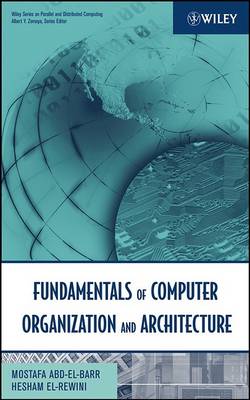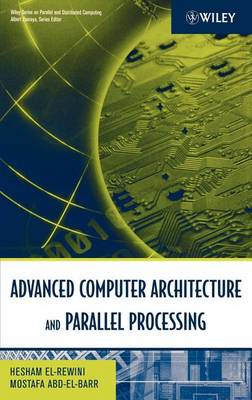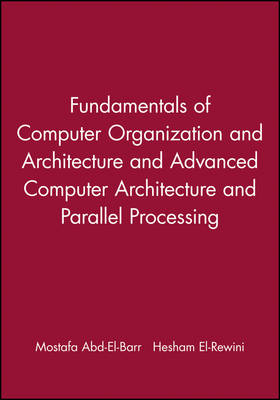Wiley Series on Parallel and Distributed Computing
2 primary works • 3 total works
Book 38
Fundamentals of Computer Organization and Architecture
by Mostafa Abd-El-Barr and Hesham EL-Rewini
Published 1 January 2005
This is the first book in the two-volume set offering comprehensive coverage of the field of computer organization and architecture. This book provides complete coverage of the subjects pertaining to introductory courses in computer organization and architecture, including:. Instruction set architecture and design. Assembly language programming. Computer arithmetic. Processing unit design. Memory system design. Input-output design and organization. Pipelining design techniques. Reduced Instruction Set Computers (RISCs) The authors, who share over 15 years of undergraduate and graduate level instruction in computer architecture, provide real world applications, examples of machines, case studies and practical experiences in each chapter.
Book 42
Advanced Computer Architecture and Parallel Processing
by Hesham EL-Rewini and Mostafa Abd-El-Barr
Published 1 January 2005
Computer architecture deals with the physical configuration, logical structure, formats, protocols, and operational sequences for processing data, controlling the configuration, and controlling the operations over a computer. It also encompasses word lengths, instruction codes, and the interrelationships among the main parts of a computer or group of computers. This two--volume set offers a comprehensive coverage of the field of computer organization and architecture.
This two-volume set provides comprehensive coverage of the field of computer organization and architecture. The first book in the set gives complete coverage of the subjects pertaining to introductory courses in computer organization and architecture, including:
- Instruction set architecture and design
- Assembly language programming
- Computer arithmetic
- Processing unit design
- Memory system design
- Input-output design and organization
- Pipelining design techniques
- Reduced Instruction Set Computers (RISCs)
The second volume provides advanced coverage of the field. Both books benefit from the authors' many years’ experience in teaching this field as they offer real world applications, examples of machines, case studies and practical experiences in each chapter.


